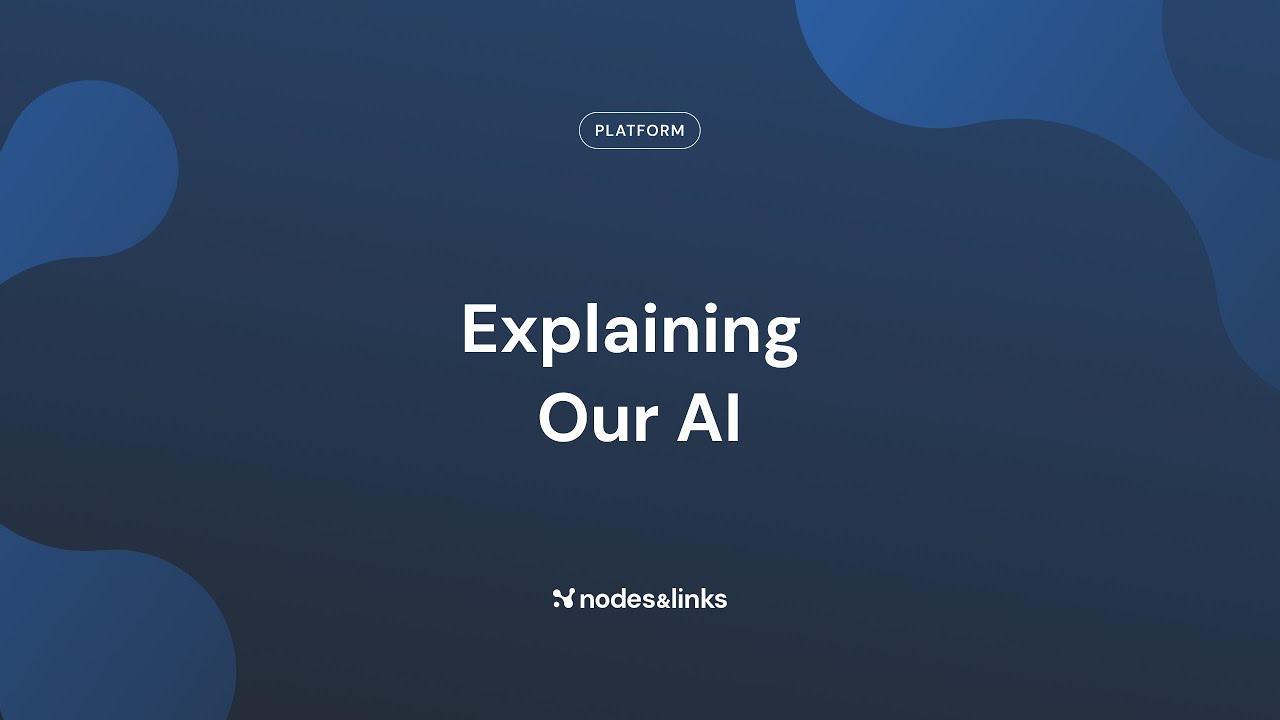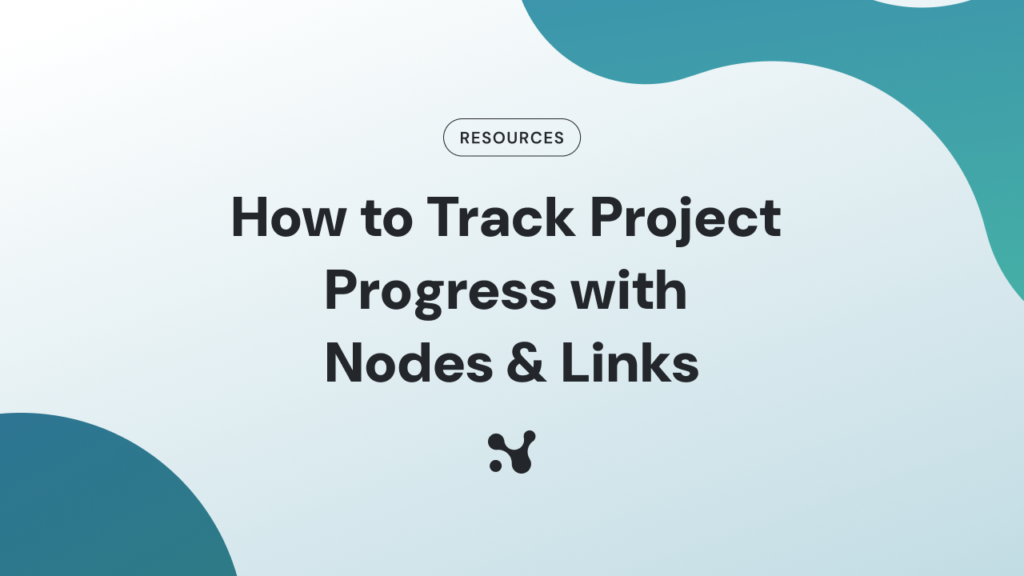Playlist
Learn about how our AI helps you understand the probability of hitting your delivery dates by learning from your historical performance, using those learnings to help you predict the duration uncertainty of the activities in your project, and running it through our QSRA machine.
0:01
Hi, my name is Stelios, and I’m the Head of Product for Nodes & Links. In this video, I will explain how our AI works.
0:10
First, what does our AI do? It automatically generates risk profiles for all your activities and work breakdown structures (WBSs) in your projects for risk analysis. Essentially, when you want to perform a risk analysis, you, as a human, rely on your expertise—you consult with colleagues, draw on experience, and even conduct risk workshops to decide which activities are risky. While AI cannot replicate the nuances of a workshop, it can efficiently ask the data.
1:01
So, what does it do? The AI examines similar completed activities and, based on that historical data, makes predictions. For example, if you need to perform electrical work and install a roof in a house, it will look at all previous instances where you did electrical work and roof installations. If, say, on two occasions the electrical work experienced major delays, the AI will predict that similar electrical work is high risk. Conversely, if previous roof installations went smoothly, it will assess them as low risk. Under the hood, there are many intricacies and complexities, but the principle is simple.
2:20
Let’s get into more detail about how this happens. The AI creates a risk profile for every activity by determining a probability distribution and its parameters—what we refer to as “duration and certainty.” To clarify, consider the example of throwing a die. A single die has six outcomes, from one to six, all equally probable. This is a uniform distribution, where each outcome has the same chance. In risk analysis, if you want to express this risk, you would set a uniform distribution with parameters defined by its minimum and maximum values—in this case, 1 and 6.
3:00
Now, let’s consider throwing two dice. The possible results range from 2 to 12, but not all outcomes are equally probable. For instance, to get a 2, you must roll a pair of ones, and to get a 12, a pair of sixes. There are many combinations that can yield outcomes like 6, 7, or 8—with 7 being the most frequent outcome. This creates a triangular distribution. In our risk analysis, we model this using a triangular distribution with a minimum value of 2, a most probable value of 7, and a maximum value of 12. In this context, “duration and certainty” represent these distribution parameters.
4:13
When our AI generates a risk profile, it selects the appropriate distribution and its parameters based on historical data. Regarding risk events, the AI doesn’t need you to manually input them. Risk events are already embedded in past performance data. In human risk analysis, experts add risk events to adjust their predictions, but our AI automatically takes them into account by analyzing previous outcomes.
5:00
For example, suppose you need to install a roof. The AI will examine all similar past activities and analyze the delays experienced. In the visual output, you might see gray lines representing the delays of these similar activities. Many activities may show around a 25% delay increase, some less, and others significantly more. The AI plots these data points and then overlays a distribution curve. Often, this risk profile follows a logarithmic pattern—most activities have minimal delay increases, but there are edge cases with a small chance of a huge impact.
6:00
How does the AI determine the distribution parameters? Our system uses a neural network that takes the activity name and the planned duration as inputs. The activity name is transformed into a word vector to assess similarity with past activities, and then the network outputs the distribution parameters for that activity. This process enables you to run your risk analysis by combining both human input and data-driven AI predictions.
7:00
To reiterate, the AI efficiently looks at past performance and decides on a risk profile for each activity. While humans use their expertise and judgment to assess risk events, the AI “asks the data” by comparing similar activities based on the name and the WBS structure. It’s important to note that the AI does not have years of experience like you do—it solely depends on the data.
7:11
Let’s look at another example. Suppose you want to install a roof in a house. The AI collects data from all similar past roof installations and analyzes the delays recorded. The gray lines on the graph represent these delays, showing how the duration increases across cases. It then plots a distribution that follows the historical data. Often, you’ll notice that while most activities have a modest delay increase, a few edge cases exhibit significantly larger delays. For example, you might see risk values such as P50 at 2 months, P60 at 2–3 months, P70 at 1 year, and P80 at 3 years, indicating that risk can suddenly explode under certain conditions.
9:00
How do we get these distribution parameters? Essentially, we have a neural network that processes the activity name and planned duration—converting the activity name into a word vector for similarity matching—and then outputs the distribution parameters. This allows you to run your risk analysis using both human input and the AI’s data-driven predictions.
10:01
I hope this explanation helps you understand how we derive the distributions and their parameters for our AI risk analysis. Now, let’s talk about practical applications. The AI is not omnipotent; it is a data-driven prediction tool that works at the click of a button. It isn’t designed to replace a risk manager or to beat the expertise of an experienced professional.
10:29
In practical terms, a schedule might contain anywhere from 15,000 to 30,000 activities. It’s unrealistic to conduct a detailed risk analysis for every single activity manually. The best way to use our AI is to focus your expertise on the most critical thousand activities while allowing the AI to generate data-driven risk profiles for the remaining 29,000. This provides you with a valuable second opinion that is far more precise than using generic values.
11:00
In summary, our AI generates risk profiles by analyzing past performance, determining the appropriate probability distribution, and setting the distribution parameters accordingly. It provides a data-driven second opinion that complements your expertise without attempting to replace it. Thank you very much for watching. If you have any further questions, please feel free to contact us. Have a good day.



